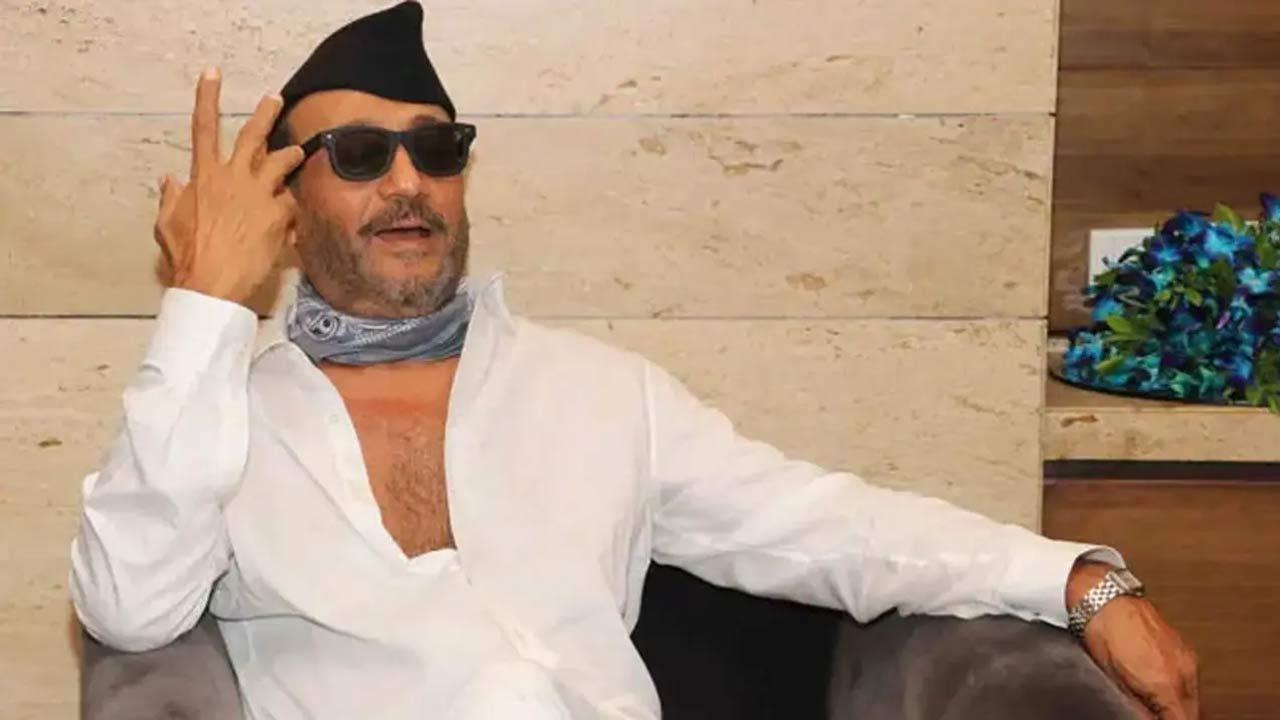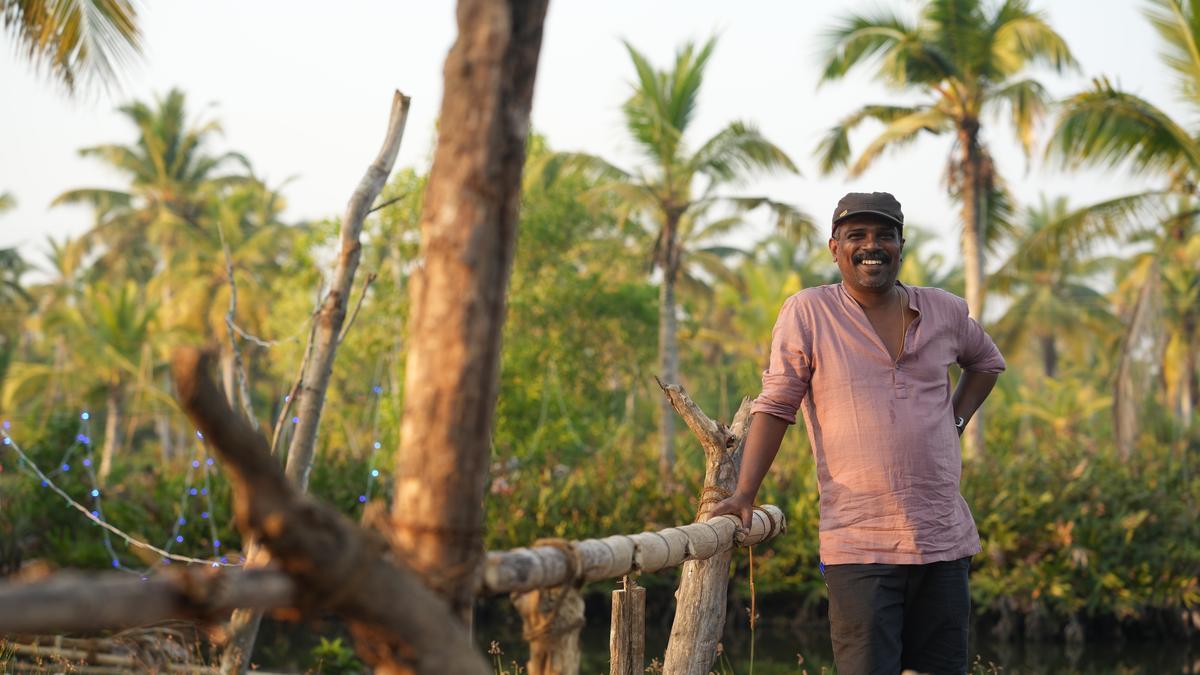
The staircase leading up to the first floor of the French Institute of Pondicherry (IFP) sets the tone for an extraordinary journey. With sentences inscribed on each step, visitors are encouraged to pause, reflect, and anticipate what lies ahead in this historic building, renowned for its yellow facade that has become an iconic backdrop for holiday snapshots. As one ascends, these steps provide an introduction to the immersive experience that awaits inside.
The exhibit, titled “Sleepwalker Archives,” takes over the first floor, offering an innovative blend of text, archival images, film, and physical objects. This multi-disciplinary show reinterprets the extensive archival material housed at the IFP, creating a narrative that is both informative and artistic. The project was initiated by the India Foundation for the Arts (IFA) based in Bengaluru, which selected curators Karthik Subramanian, Devarati Chakrabarti, and Sujeet George to work with the IFP archives. They have spent the last 15 months deeply engaging with the vast collection, which consists of three main components.
The first component is a photographic archive of over 130,000 to 140,000 images capturing South India, primarily Tamil Nadu, during the 1950s. These images provide a rich tapestry of South Indian cultural life, including temple scenes and documentation of Puducherry. The second component is the Stars Collection, a digitized compilation of photographs and other materials from photo studios across the state. The third component is the institute’s herbarium collection, boasting an impressive 25,000 plant specimens. It took the curators a month to assemble the exhibit from these archives.
Karthik Subramanian notes, “It was fascinating that each of us approached the same material from entirely different perspectives. We were continually sharing our viewpoints, and we eventually decided to combine our individual outputs.” Devarati Chakrabarti echoes this sentiment, “We were trying to make sense of the enormous volume of information we had to interact with.”
The exhibit’s narrative is carried by an undefined fictional persona, intending to make the documentation process more engaging. “The story begins on the steps leading to this space. As visitors make their way up, they read reflections on the importance of documentation and archiving,” explains Karthik. However, this information is not presented in a linear fashion.
. Instead, it invites viewers to explore the intersection of scientific documentation and creative interpretation.
The display is full of surprises. Wooden cabinets scattered throughout the institute are integrated into the exhibit. “We repopulated the cabinets with poetic keywords usually absent in academic categorization,” Karthik continues. These cabinets house 66 drawers containing images with accordion folds and individual photographs accompanied by text. Instruments and tools used for herbarium research also become part of the storytelling.
One notable installation is a 10-meter-long Excel scroll, resembling a curtain, meticulously listing flora specimens from the archive. This is intriguingly juxtaposed with ancient Sangam poetry. “There is a Sangam poem called kurincipattu, which unexpectedly lists 99 flowers in succession. It functions as a geographical archive,” explains Karthik. The fictional character attempts to identify names on this list, creating a fascinating dialogue between ancient poetry and modern scientific records. Additionally, transparent prints of archival images of flowers hang in the space, enhancing this narrative.
An audio booth features a collection of Sangam poems in both English and Tamil, further enriching the exhibit. Karthik also contributed a fictional film to the display, adding another layer to the experience.
“What I enjoyed the most was the way it encouraged curiosity about spaces,” says Devarati. “There is a constant search for something absent. This space is filled with clues that help create this character in one’s mind,” Karthik adds.
Sleepwalker Archives, a remarkable confluence of historical and contemporary, fact and fiction, is open for public viewing until May 31 at the French Institute of Pondicherry, located in White Town, Puducherry.










